 |
2018 - 2023 |
||||||
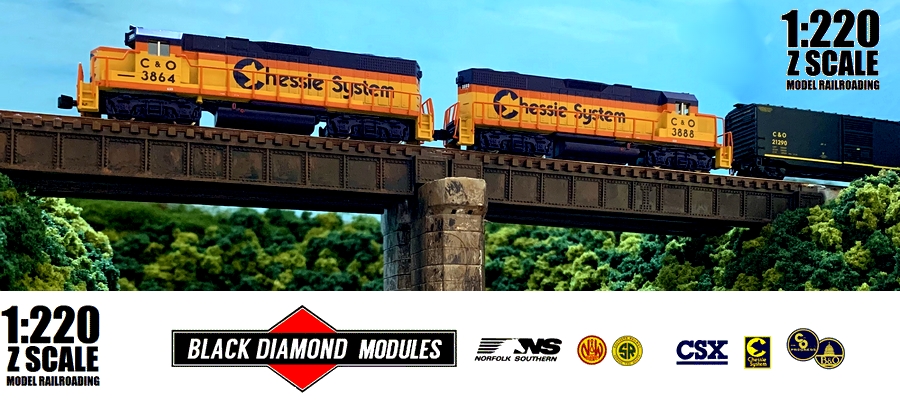 |
||||||
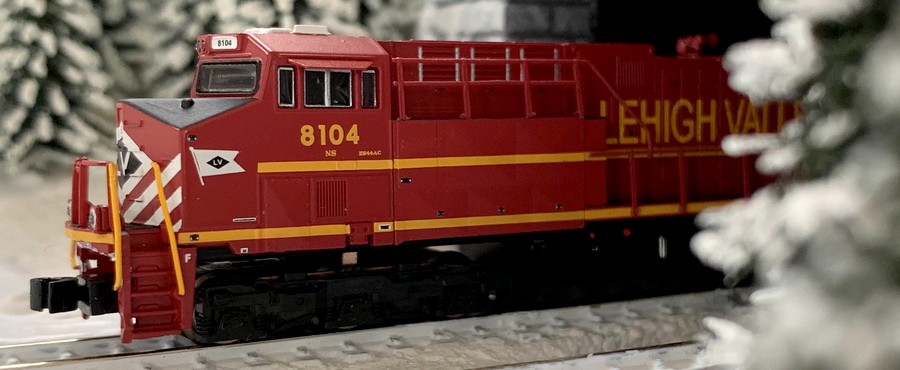 |
||||||
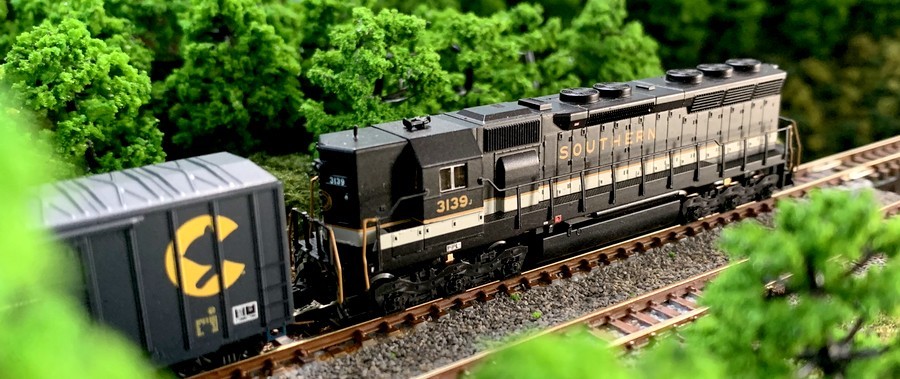 |
||||||
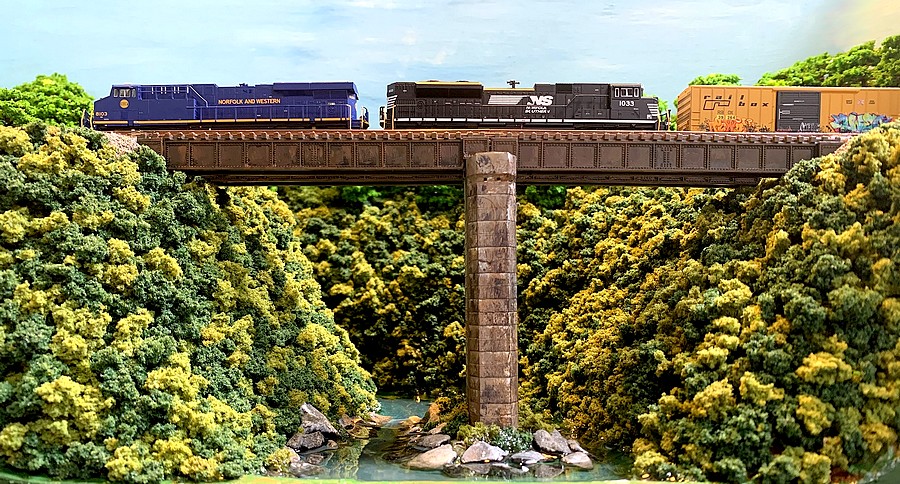 |
||||||
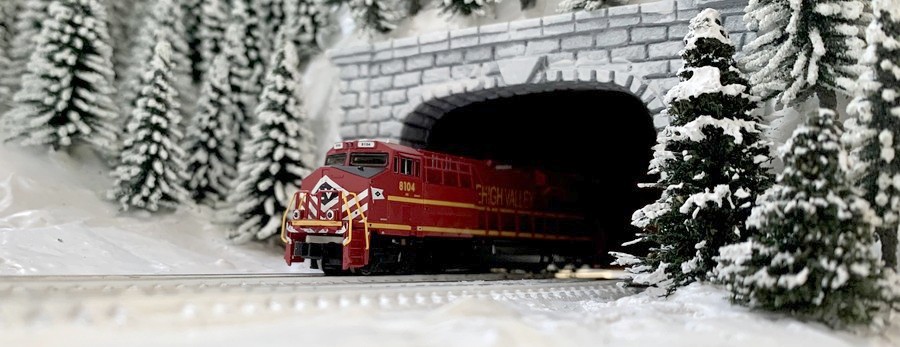 |
||||||
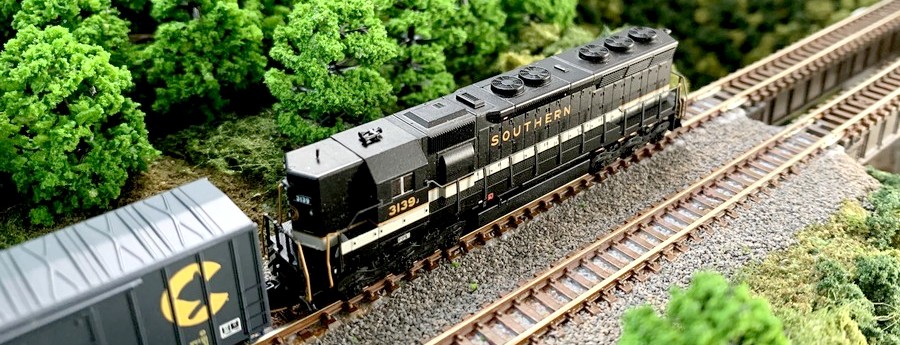 |
||||||
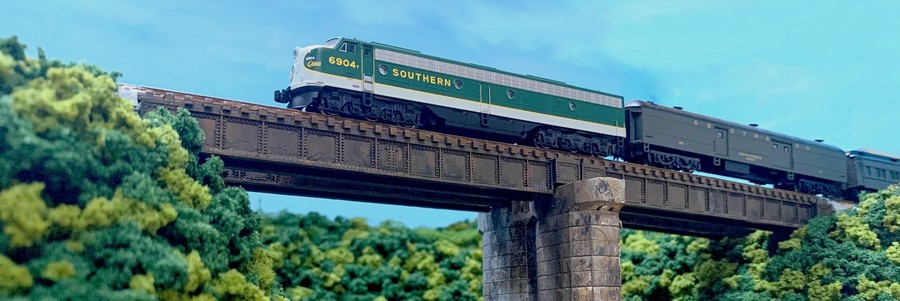 |
||||||
 |
||||||
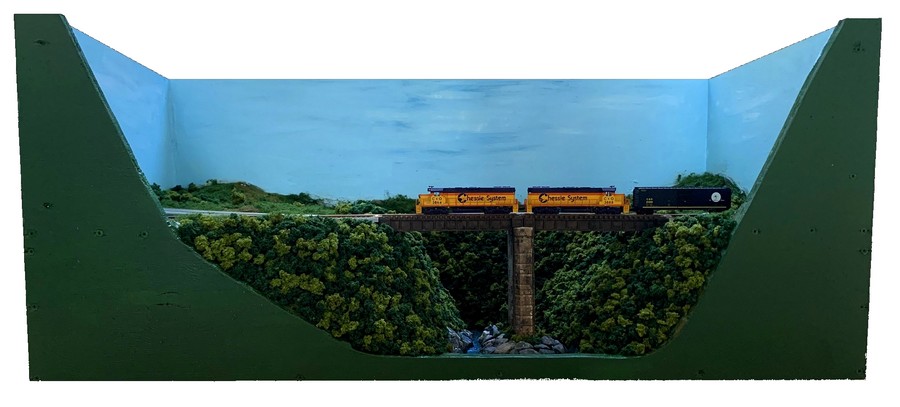 |
||||||
2015 - 2016 |
||||||
 |
||||||
 |
||||||

|
||||||
| The upper level track appears as a stretch of double track on one side and as two single track lines on the other. Being a folded figure eight the train completes a lap on one loop before crossing over onto the other loop. In order to make this - by no means ultra exciting - track arrangement a little more visually interesting, no track ever runs in parallel to the edge of the layout but is always slightly angled. | ||||||
 |
||||||
 |
||||||
 |
||||||
 |
||||||
| The module was fun to build and the upper level provided some relaxing continuous run trainwatching; however, the size of its footprint proved prohibitive for a second 180° return loop module to be built. The modular dogbone concept was abandoned, and the layout put into storage. | ||||||
|
||||||
 |
||||||
| Since the micro layout concept didn't really work, I switched to a more conventional 2ft x 4ft (60cm x 120cm) layout approach in 2013. It was a fun build and worked well, but it reminded me of why I had delved into the realm of the micro layout in the first place - I quite simply did not have the room for a permanent layout built on a large solid base. Before the layout received any scenery it was dismantled, the track saved, and the rest disposed of. | ||||||
| My dormant interest in Z Scale was awakened in a flash when I came across David K. Smith's Z Scale James River Branch layout and website whilst idly browsing the web in late 2011, and then completely kick-started in the early days of 2012 when I learned about the existence of Rokuhan track and the several different locomotives available from Micro-Trains and AZL. The James River Branch layout put me in a micro layout state of mind, but several attempts influenced by the very tight curve radii available from Rokuhan produced layout concepts that looked enticing on paper or on screen but in reality hit one or more roadblocks early into the construction phase. Nevertheless, the interest in North American Z scale was back and kicking. | ||||||
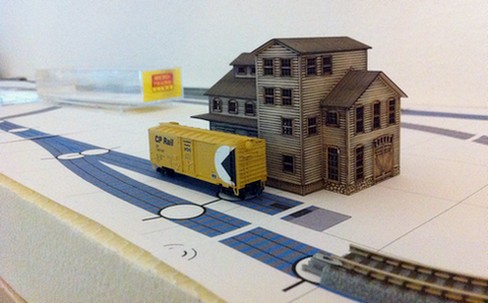 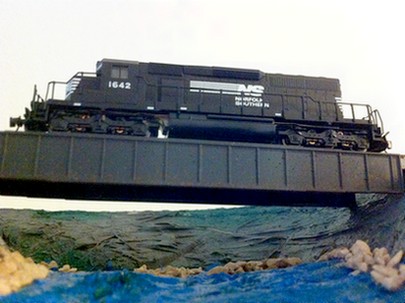 |
||||||
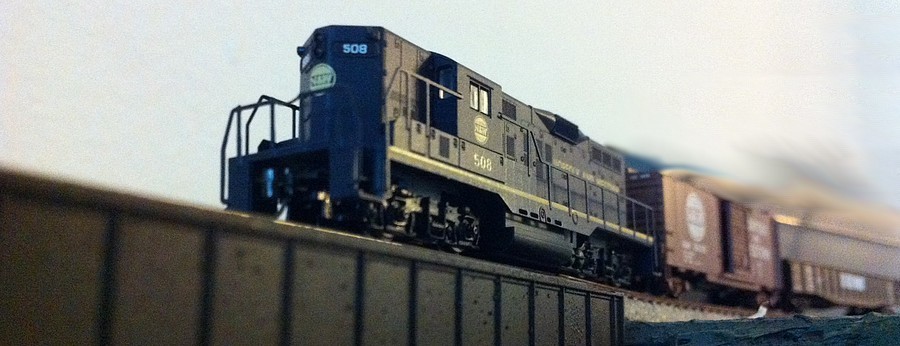 |
||||||
| In the early 2000s, following a hiatus of several years, I got back into Z Scale by way of Märklin's rather exquisite range of Swiss models, and moved from a classic micro layout to modular concepts. Ultimately, though, nothing really made it past the initial construction stages, and none of it survives today. | ||||||
2008 |
||||||
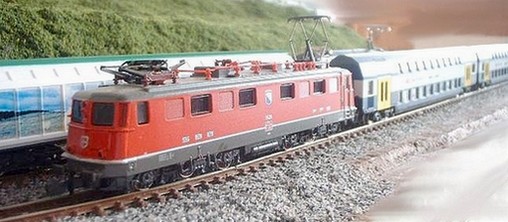 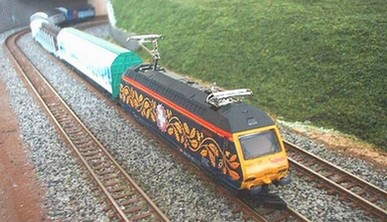 |
||||||
2004 |
||||||
| My first actual Z Scale layout, built in 1991, was a straightforward clone of Model Railroader's 1985 Z Scale project layout, the Pennsylvania & Pacific. | ||||||
| Whilst I stuck to the track plan, I left out the scenic divider running down the middle of the layout. And as I had since acquired a Micro-Trains F7 in New York Central lightning stripes, I named the layout "New York & Atlantic". It was fun to build, but the detail scenery never happened, and the layout no longer exists. | ||||||
|
||||||
 |
||||||
page created 8 December 2023 |
||||||